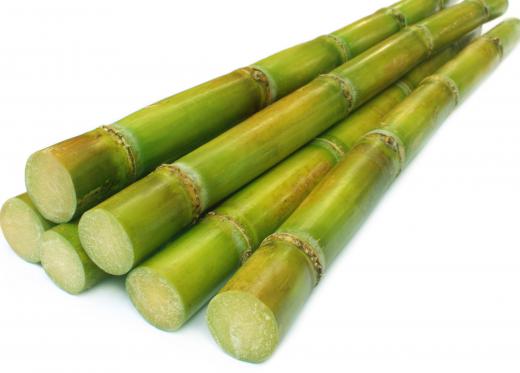When did Grasses Evolve?
 Michael Anissimov
Michael Anissimov
You might think that grasses are among the simplest of plants, and evolved around the same time as the earliest vascular (water-transporting tissue) land plants, about 410 million years ago. However, grasses -- family Poaceae in the flowering plants -- only evolved much more recently, during the late Cretaceous, just 65 million years ago, right before the extinction that wiped out the dinosaurs. Until recently, it was thought that grasses only dated back to 55 million years ago, until grass fossils were discovered in fossilized dinosaur feces, known as coprolites. Some of these fossils were ancient ancestors of present-day rice and bamboo.
More specifically, paleontologists found grass phytoliths in the coprolites. Phytoliths (meaning "plant stone") are tiny silicon beads found within many plants, but especially grasses. Phytoliths add structural integrity to the plant, as well as making it grainer and therefore less palatable to animals. The inability to process phytoliths is one of the reasons that humans cannot consume grasses. Mammals that consume grass have special stomachs that let the mix ferment before it is fully digested.

Because grasses are so abundant today, covering 20% of the Earth's surface, filling areas called grasslands, it's hard to imagine a time when it didn't exist. Although land plants have existed for 410 million years, grass is only 65 million years old, less than 16% of the total. Before grass existed, its niche was filled by smaller vascular plants that lacked the characteristic blades or siliceous tissue of grasses. Because grass is unique to the Cenozoic (recent) period, it is sometimes called the "Age of Grasses." The Cenozoic was a period of relatively low temperatures and constant glacial cycles, all of which contributed to making the world's vegetation less lush. Before this, a typical scenario on Earth would be the Earth covered in forests, often extending from pole to pole.

Today, humans are intimately dependent on grasses for food, industry, and lawns. Cereals, such as wheat, rice, and corn, provide half of all human calories, and 70% of all plant crops are grasses. The grass sugarcane is used to produce sugar. Bamboo is commonly used for construction in Asia, while other grasses are turned into pulp for the production of paper.
AS FEATURED ON:
AS FEATURED ON:













Discuss this Article
Post your comments